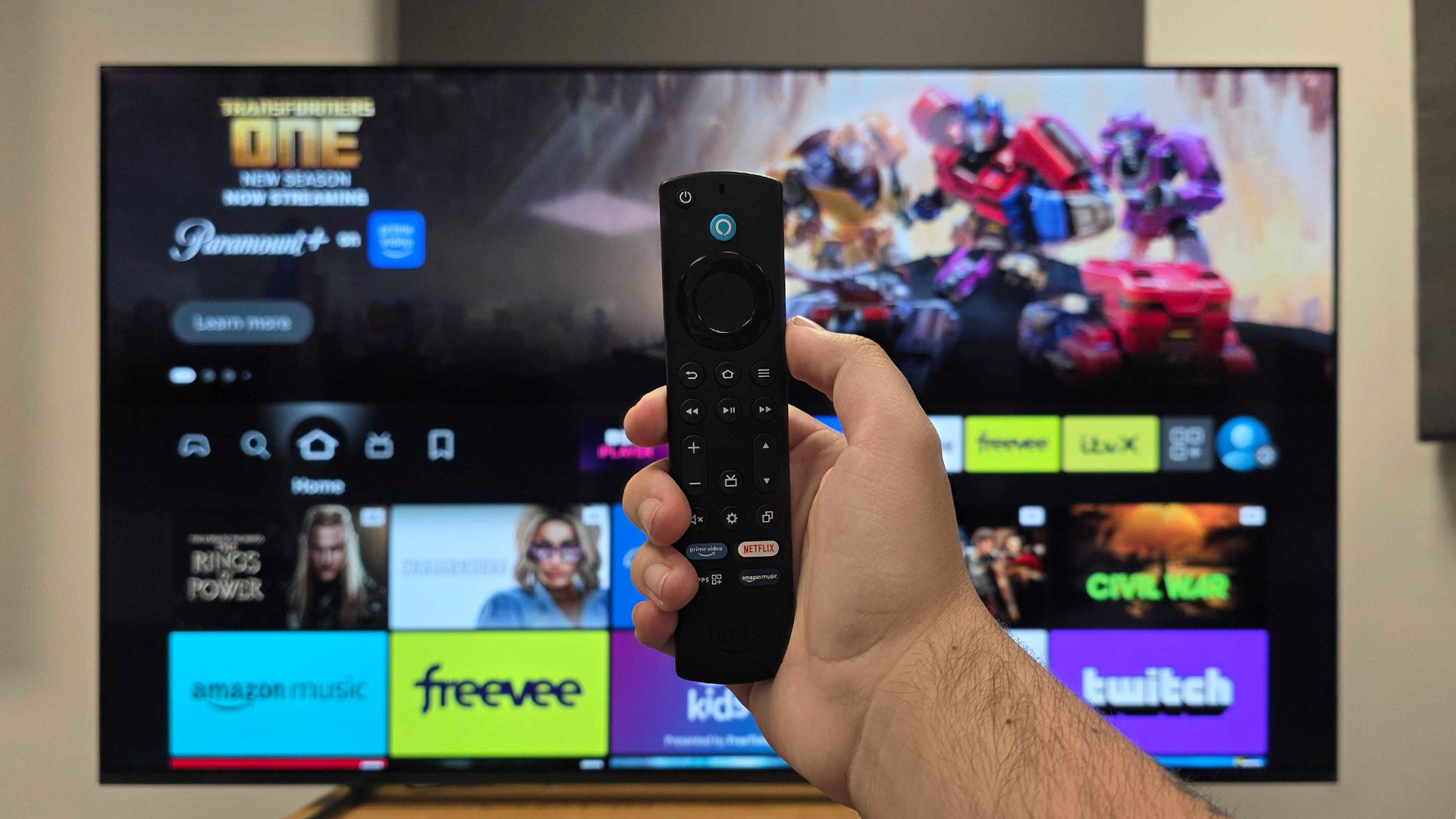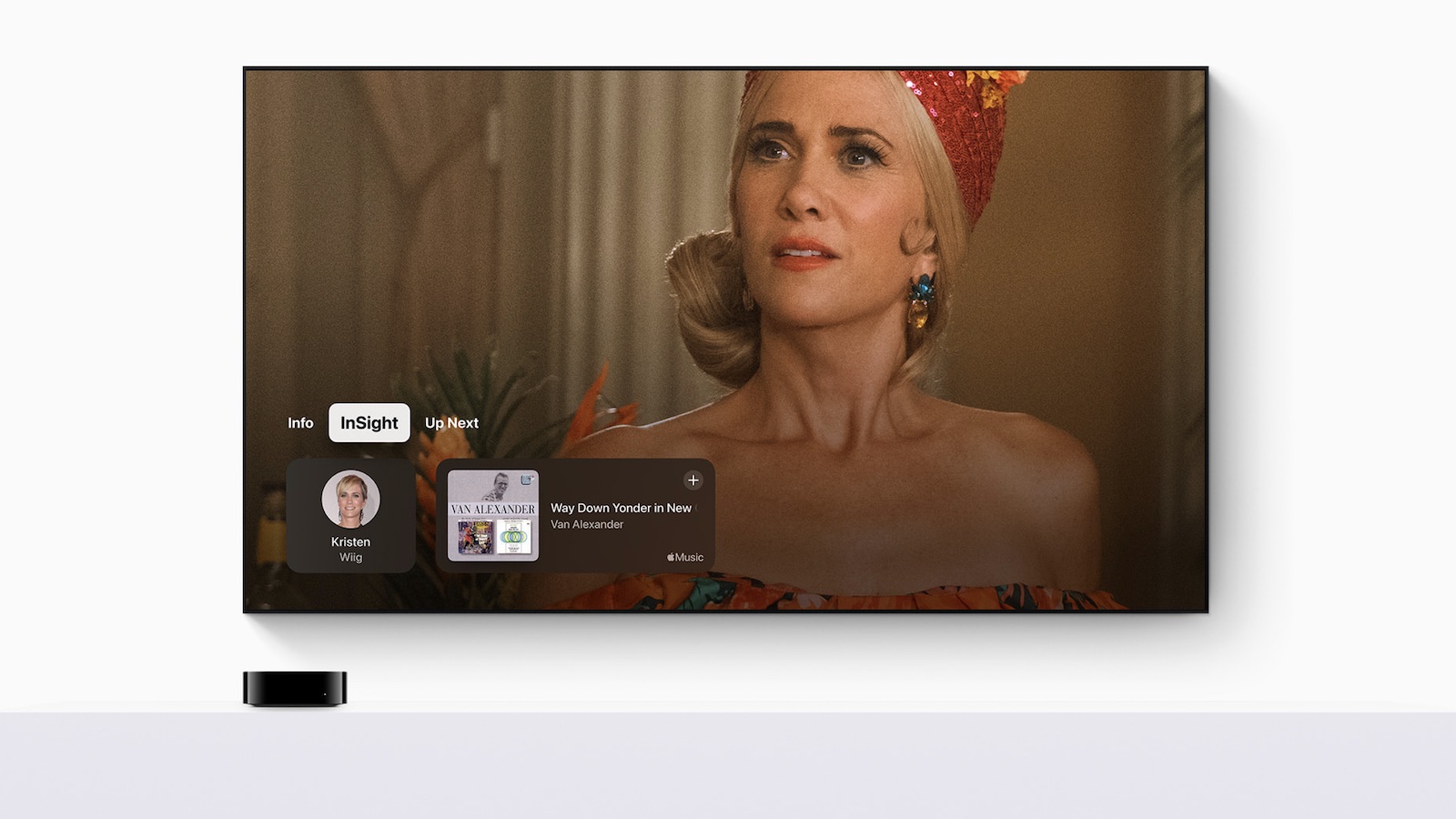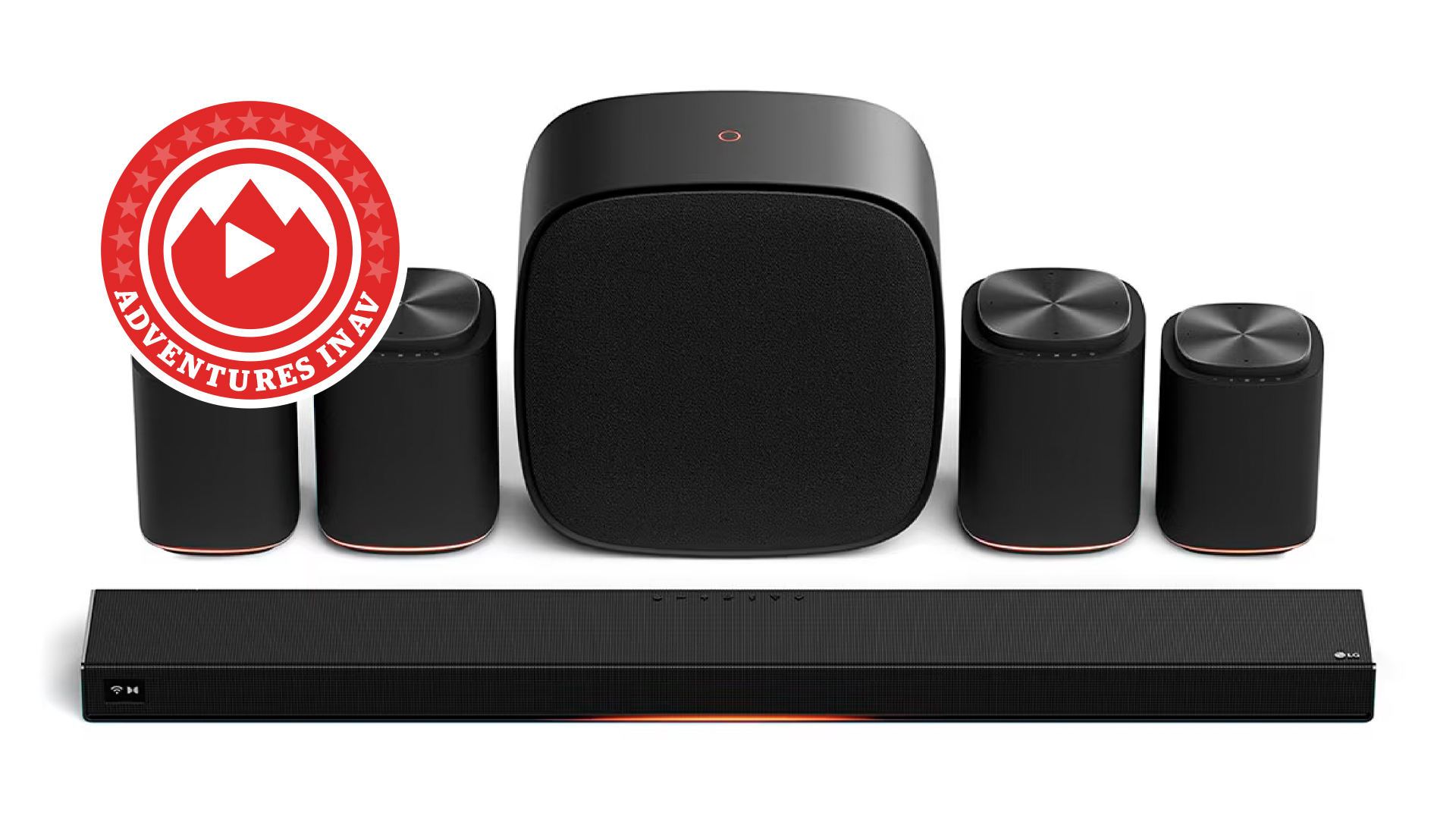3 reasons why video streaming devices remain relevant TV upgrades – but probably not for long
I believe video streamers are in danger of becoming obsolete

For more than a decade, video streamers have done the AV gods’ work, giving TV watchers and movie fans an easy and affordable way to bless their TV with access to the latest video streaming services and technologies.
In doing so, they’ve made ‘dumb’ TVs (those without network connectivity) smart, and filled the gaps in the streaming service app offerings of smart TVs.
But in 2025, are even the best streaming devices still relevant?
After all, almost all of the TVs launched in recent years are powered by a smart streaming platform – Samsung uses Tizen, LG developed its own webOS, and Google TV is found in Sony, Philips and TCL sets.
And nowadays these platforms tend to be increasingly sophisticated with few (if any!) gaps. So why would you want to buy a separate, dedicated streamer?
Well, they still do have their uses, hence why Amazon, Apple, Google and Roku – the major players in the game – are still pumping out new models.
Indeed, Google went as far as rebranding its device, moving away from the iconic Chromecast label, when it released the Google TV Streamer earlier this year; Apple is expected to launch a new TV 4K streamer by the end of the year; and Amazon and Roku have as many as four streaming players in each of their current lineups.
The latest hi-fi, home cinema and tech news, reviews, buying advice and deals, direct to your inbox.
Streaming devices > smart TVs
Firstly, while holes in TV offerings are generally closing, app and technology support isn’t consistent across them all, and some do remain.
Not every platform has the Apple TV+ app and AirPlay functionality, for one – a bit of a bummer for users of iOS devices and Apple’s video service, perhaps. And while the premium models from the bigger TV manufacturers nowadays pretty much tick every expected box, it isn’t unusual to come across a TV elsewhere that misses something.
For example, we noted in our 2025 TCL C855K review that “UK catch-up services are limited and the TV doesn’t have Freely or dedicated apps for BBC iPlayer and the like,” while, more bizarrely, the Netflix app on the Sony Bravia 8 II we reviewed last month appeared to top out at 5.1 audio rather than Dolby Atmos.
Secondly, older smart TVs that still have many years of servicing their owners left may not support the latest technologies – the version of the Netlflix app supporting Dolby Atmos, say – or could have even lost app support due to a manufacturer simply ending support or losing a partnership with a service provider. A new streamer with all the modern-day bells and whistles could plug that gap.
Thirdly and finally, you have the boost in picture and sound performance that a video streamer generally brings over a TV’s built-in apps, although differences naturally depend on the quality of the streaming device as well as the TV you own.
That makes sense when you consider that the processing is done in a dedicated device that, unlike a TV, doesn’t have to juggle a multitude of other tasks.
It also tends to be the case that video streamer manufacturers will put more effort into ensuring the audio and video quality is sound.
The premium Apple TV 4K, for example, delivers a clear improvement, with Apple having tuned the sound to be notably rich and detailed. The Apple box can also detect the frame rate and dynamic range of the content you’re watching on it – HDR10 in 60Hz, say – and force your TV into the best mode to deliver that.
Is it enough to secure their future?

OK, so you have generally better picture and sound than you would get via a TV’s app integration – marginal in some cases, more significant in others. And then a hole-plugging role for certain TVs. Is that it?
In a word, yes. Today, streamers are clearly still relevant for the right – arguably niche – consumer and set-up. But for how long?
TV manufacturers are increasingly partnering with specialist streaming platforms to power their smart user experience for comprehensive and consistent offerings. Amazon’s Fire OS, for example, is now baked into the company’s Omni-series QLED and Mini LED TVs, as well as (from 2024) Panasonic’s OLED TVs.
And, in line with the natural evolution of progress, you would hope that any remaining gaps on such platforms, and those in other smart TV operating systems, will close in the near future, shunting streaming devices even closer to the sidelines.
The Apple TV 4K box is a bit of an outlier with its unique performance gains, access to iTunes Movies and support of spatial audio – all things you pay a premium for, of course, with the box costing £149 / $130 / AU$219.
But the sell for Roku, Amazon and Google may become tougher, despite their kinder price tags. Google perhaps recognises this, hence why it has positioned its latest streamer as a more premium proposition.
Indeed, it has hiked up the price to £99 / $100 / AU$160 and attempted to justify that by transitioning it from a dongle to a box and expanding its traditional streaming duties with ever-advancing AI functionality, plus a whole lot of smart home features thanks to the inclusion of both Matter and Thread – which, as we note in our review, is “a boon for those who have invested in smart plugs, lightbulbs and doorbells”.
Again, handy for the right customer – but for the mainstream market, who probably has all or most of what they need in their TV, or can get it more affordably elsewhere?
As the popularity of single-bar soundbars and one-box speakers shows, the consumer electronics world is riding the ‘less (fewer) is more’ approach when it comes to device count, and the expected continued evolution of smart TV integration could seriously threaten their future relevancy and, consequently, existence.
MORE:
Best streaming devices 2025: smart TV sticks and boxes chosen by our experts
Welcome to What Hi-Fi?’s Home Cinema Week! Read our AV-tastic news, features and reviews

Becky is a hi-fi, AV and technology journalist, formerly the Managing Editor at What Hi-Fi? and Editor of Australian Hi-Fi and Audio Esoterica magazines. With over twelve years of journalism experience in the hi-fi industry, she has reviewed all manner of audio gear, from budget amplifiers to high-end speakers, and particularly specialises in headphones and head-fi devices.
In her spare time, Becky can often be found running, watching Liverpool FC and horror movies, and hunting for gluten-free cake.
You must confirm your public display name before commenting
Please logout and then login again, you will then be prompted to enter your display name.
